On 28 February 2023, WHS ministers asked Safe Work Australia to undertake further analysis and consultation on a prohibition on use of engineered stone.
Back to the May 2023 News Update
Michelle Baxter, CEO Safe Work Australia
Exposure to respirable crystalline silica at work continues to be an issue of national significance.
Safe Work Australia is reminding all stakeholders that consultation on a prohibition on the use of engineered stone will close soon.
This Decision regulation impact statement (Decision RIS) provides an impact analysis of the regulatory and non-regulatory options to manage the risks of respirable crystalline silica at work.
Safe Work Australia is calling for public submissions on how to best manage the respirable crystalline silica (silica dust) in Australian workplaces.
Safe Work Australia is seeking feedback on proposed policy options to manage the risks of exposure to respirable crystalline silica (silica dust) in Australian workplaces.
We are seeking feedback from stakeholders and the general public on the impact of regulatory and non-regulatory options to minimise exposures to respirable crystalline silica at Australian workplaces.
Information about research into lowering the workplace exposure standard for respirable crystalline silica (RCS).
This report investigates whether a short term exposure limit (STEL) should be implemented to complement the workplace exposure standard (WES) of 0.05 mg/m3 for respirable crystalline silica.
This report investigates the challenges of measuring airborne concentrations of respirable crystalline silica in Australian workplaces at and below 0.02 mg/m3.
Silica is silicon dioxide, a naturally occurring and widely abundant mineral that forms the major component of most rocks and soils. Crystalline silica dust particles can penetrate deep into the lungs and cause illness and disease.
An information sheet about silicosis including the symptoms, causes and risk factors as well as information for persons conducting a business on undertaking on how to manage these risks at work.
The eight-hour time weighted average workplace exposure standard (WES) for respirable crystalline silica (RCS) is 0.05 mg/m3.
Occupational lung diseases are work-related diseases of the respiratory system. Lung diseases can develop rapidly or develop many years after the first exposure to a particular hazard. Some can also lead to cancer.
“Silica” is silicon dioxide, a naturally occurring and widely abundant mineral that is a major component of most rocks, sand and soils. It’s used to make common building materials like concrete, engineered stone (used in kitchen and other benchtops) and bricks.
An information sheet for Health and Safety Representatives on how to consult with workers and identify hazards to protect workers’ health and safety and prevent occupational lung diseases. Available in .docx and .PDF formats.
